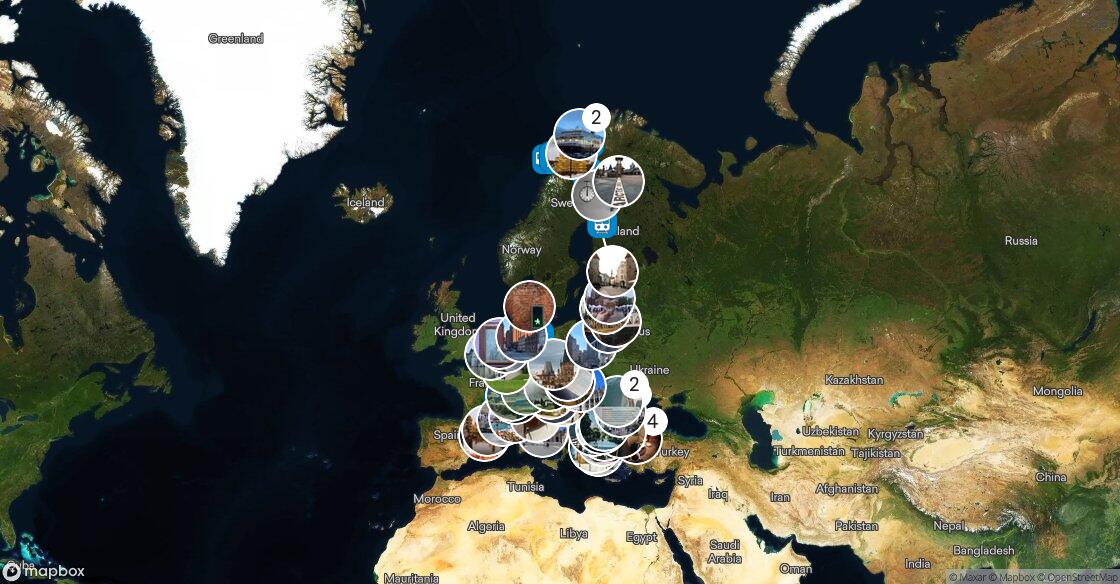Tromsø- the End of the Line
 October 8, 2023 in Norway ⋅ ☁️ 3 °C
October 8, 2023 in Norway ⋅ ☁️ 3 °C
I catch the Havila Capella from Svolvær and am almost immediately greeted by a mug of warm Trollbrygg on deck (something that tastes somewhat like mulled wine and translates as ‘troll brew’).Read more









































































































Traveler Well done on finishing - very proud of our fearless, awesome MCAD travelling photographer! 😁
Well done on finishing - very proud of our fearless, awesome MCAD travelling photographer! 😁
Traveler Looks like a train!
Looks like a train!
Traveler No idea what that says but it looks like a beer label🥴
No idea what that says but it looks like a beer label🥴